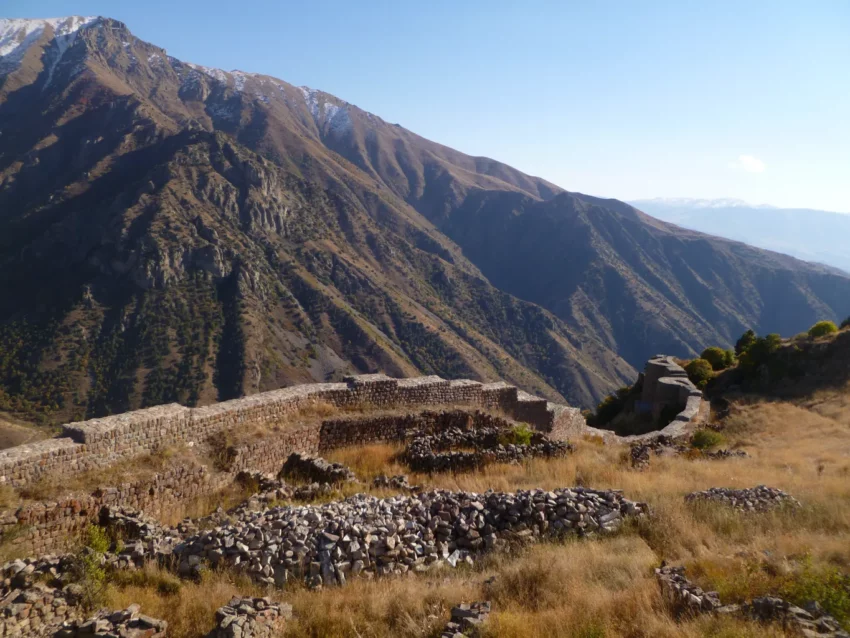Smbataberd: A Fortress of Historical Significance
Smbataberd, a medieval fortress in Armenia, stands as a testament to the region’s rich history. Located in the Vayots Dzor Province, this fortress offers valuable insights into Armenia’s past. This blog post aims to provide an in-depth look at Smbataberd, its history, and its significance.
Get your dose of History via Email
Historical Background
Smbataberd dates back to the 5th century AD. Historical records suggest that the fortress was named after Smbat I, a king of the Bagratuni dynasty. The fortress played a crucial role in defending the region from various invasions. Its strategic location on a hilltop provided a vantage point for monitoring enemy movements.
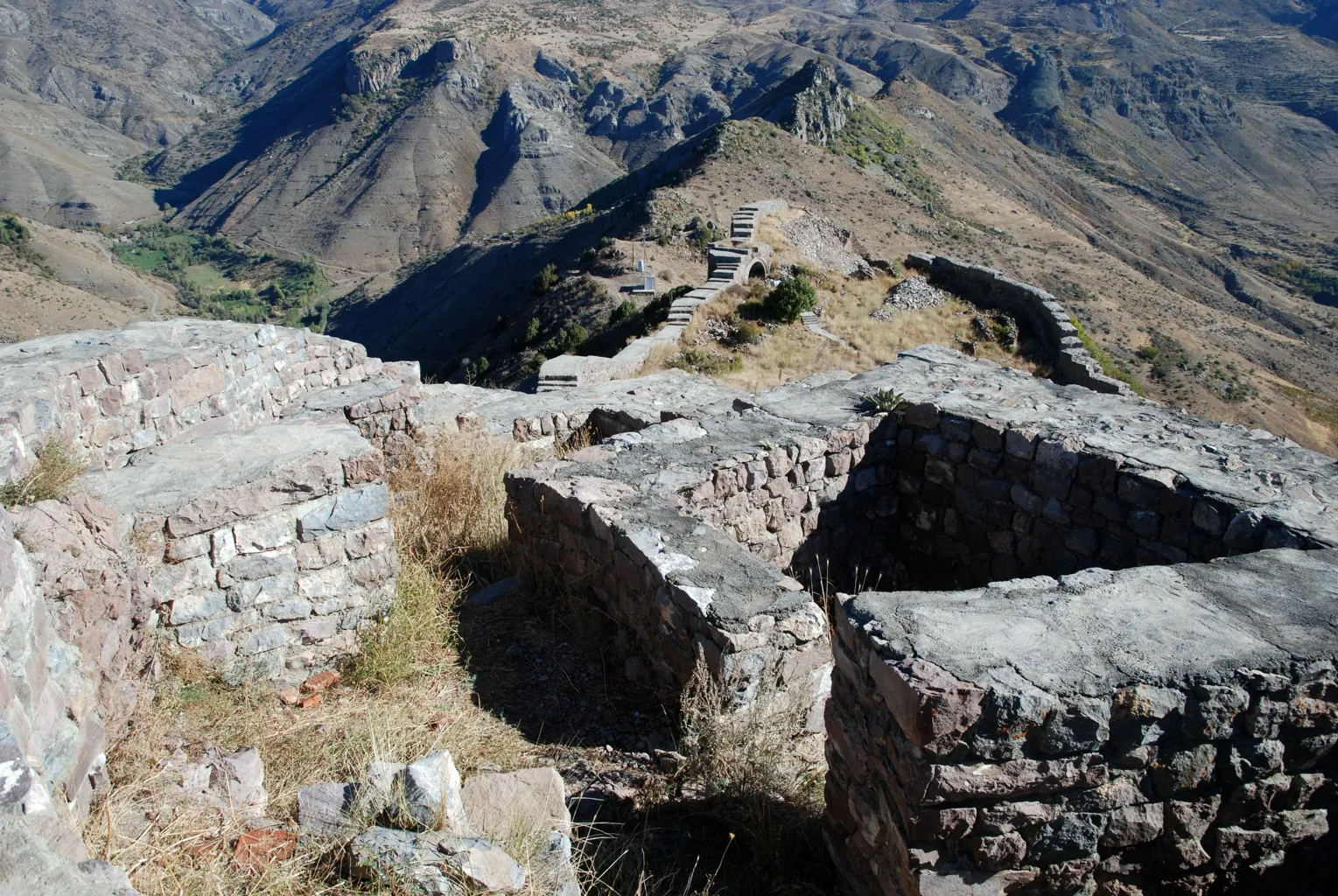
Architectural Features
The fortress showcases typical medieval Armenian architecture. Builders used large stone blocks to construct the walls, which still stand today. The walls, some of which are over 10 meters high, provided robust defense against invaders. The fortress also includes several towers, which served as lookout points and defensive structures.
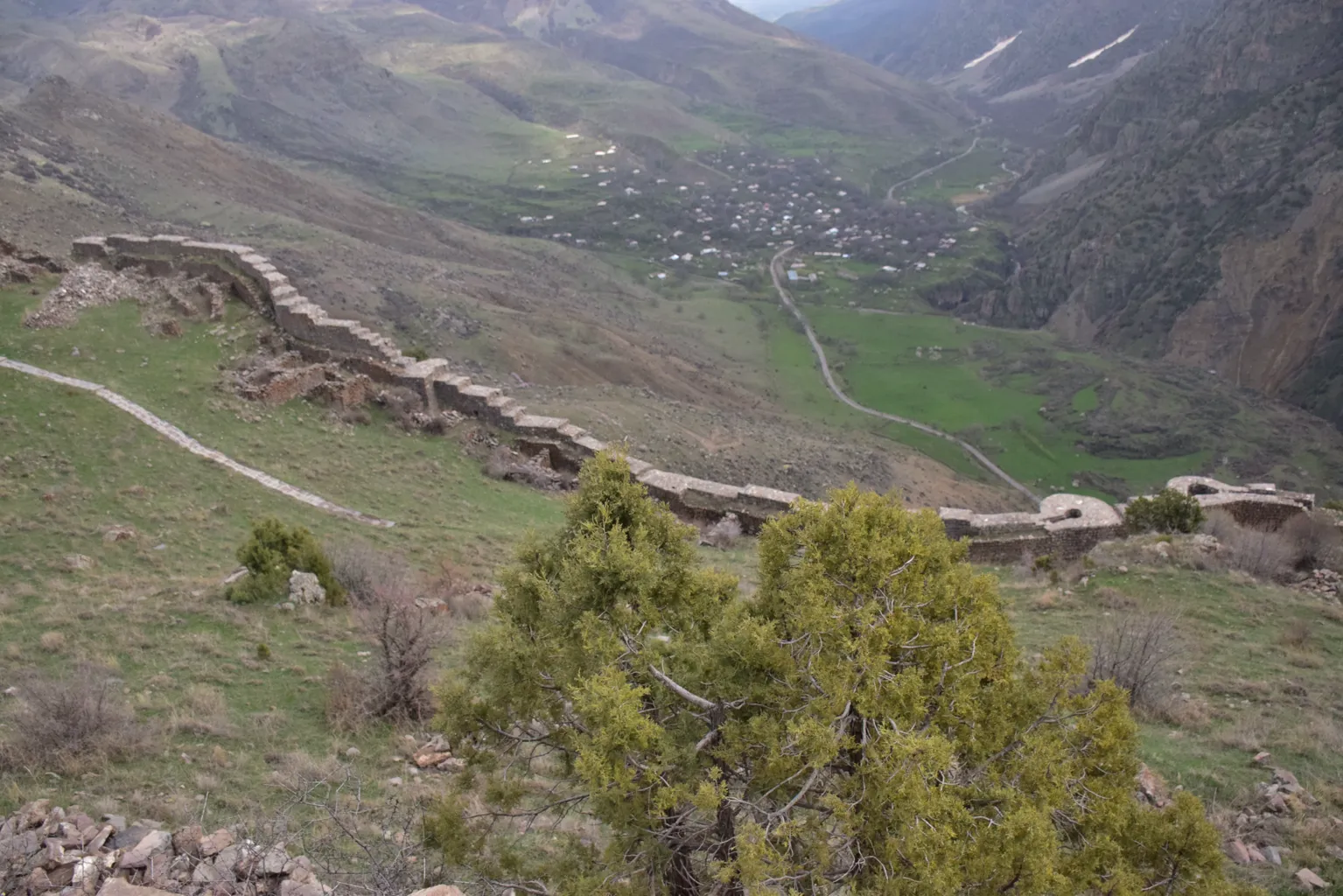
Strategic Importance
Smbataberd’s location made it a key defensive structure. It overlooks the Yeghegis and Artabuynk valleys, providing a clear view of approaching enemies. This strategic advantage allowed defenders to prepare for attacks well in advance. The fortress also controlled important trade routes, adding to its significance.
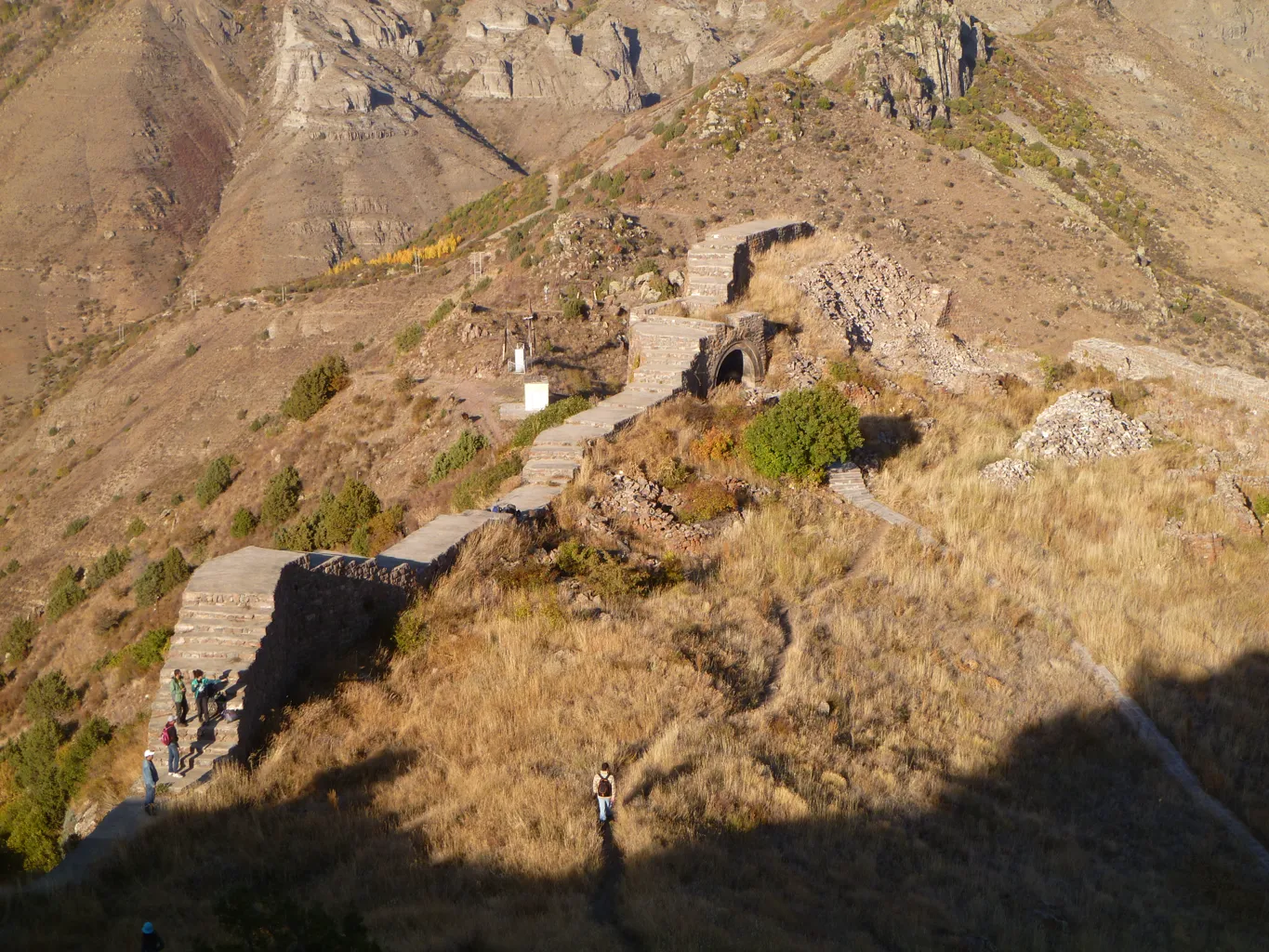
Historical Events
Several historical events highlight Smbataberd’s importance. In the 13th century AD, the Mongol invasions posed a significant threat to the region. Smbataberd played a crucial role in resisting these invasions. Although the Mongols eventually captured the fortress, its defenders put up a strong resistance.
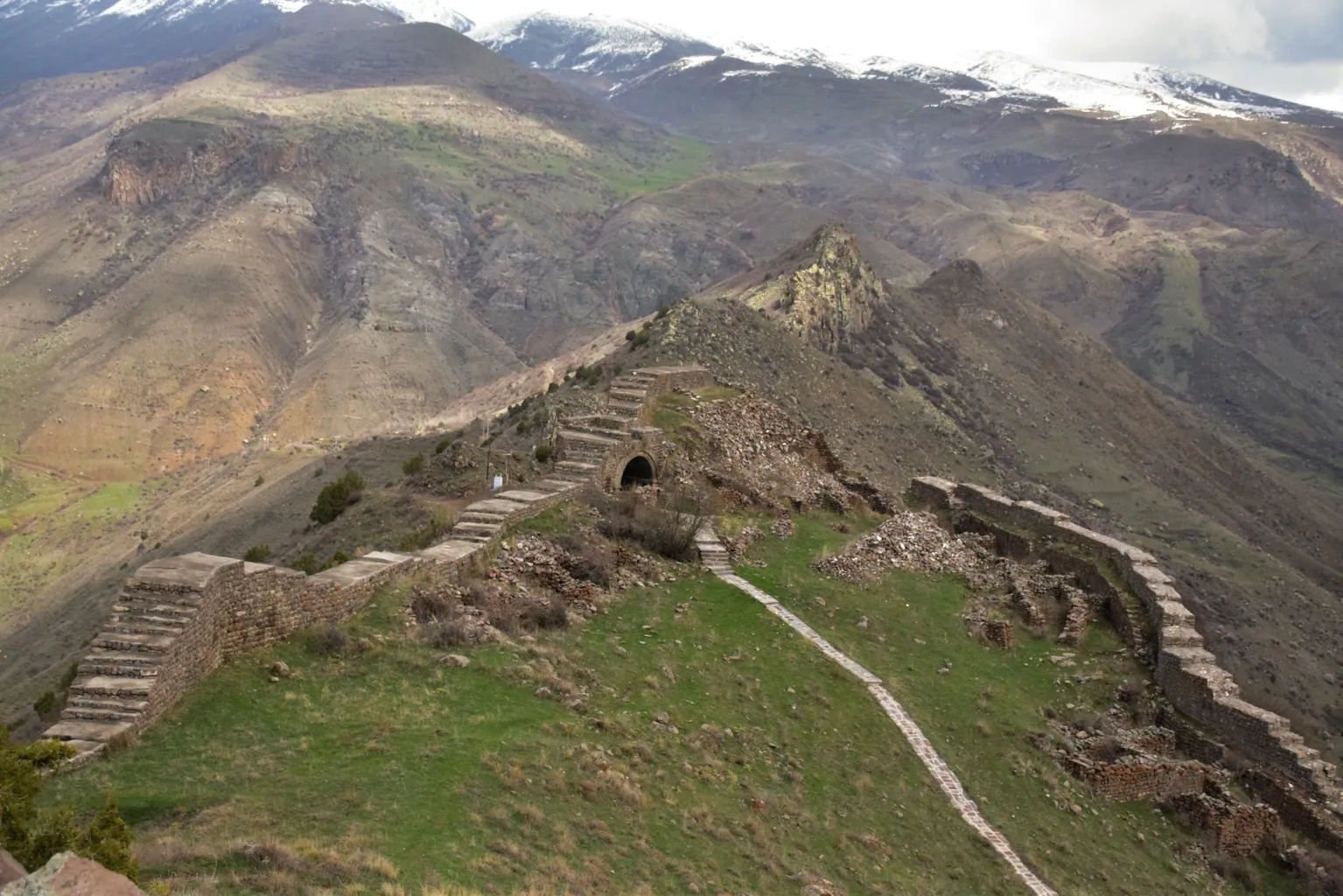
Archaeological Findings
Archaeological excavations at Smbataberd have unearthed various artifacts. These include pottery, weapons, and tools, which provide insights into the daily lives of its inhabitants. The findings also suggest that the fortress was continuously occupied from the 5th century AD until the 17th century AD.
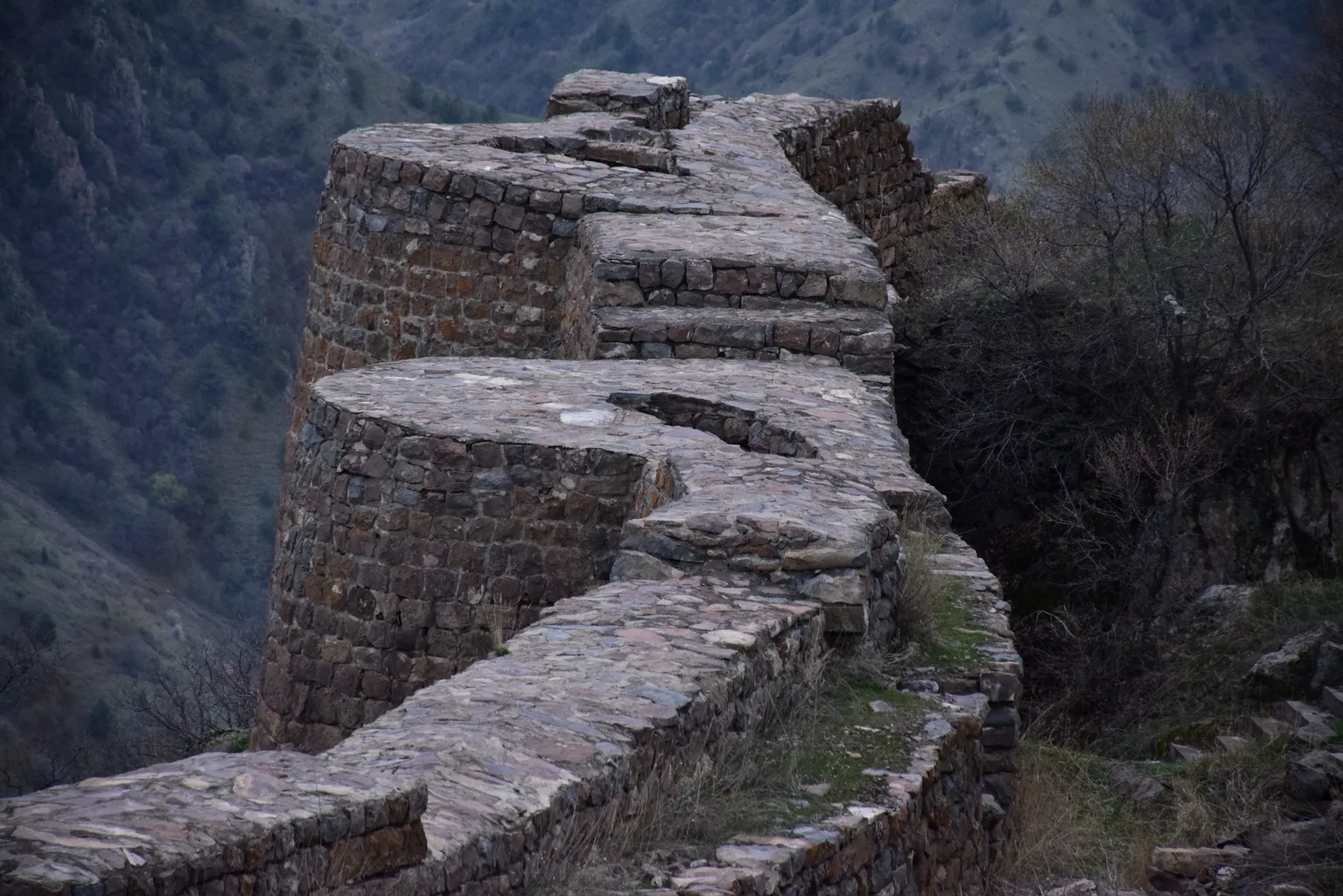
Preservation Efforts
Efforts to preserve Smbataberd have been ongoing. The Armenian government and various organizations have undertaken restoration projects. These efforts aim to maintain the structural integrity of the fortress and make it accessible to visitors. Preservation work also includes archaeological research to uncover more about its history.
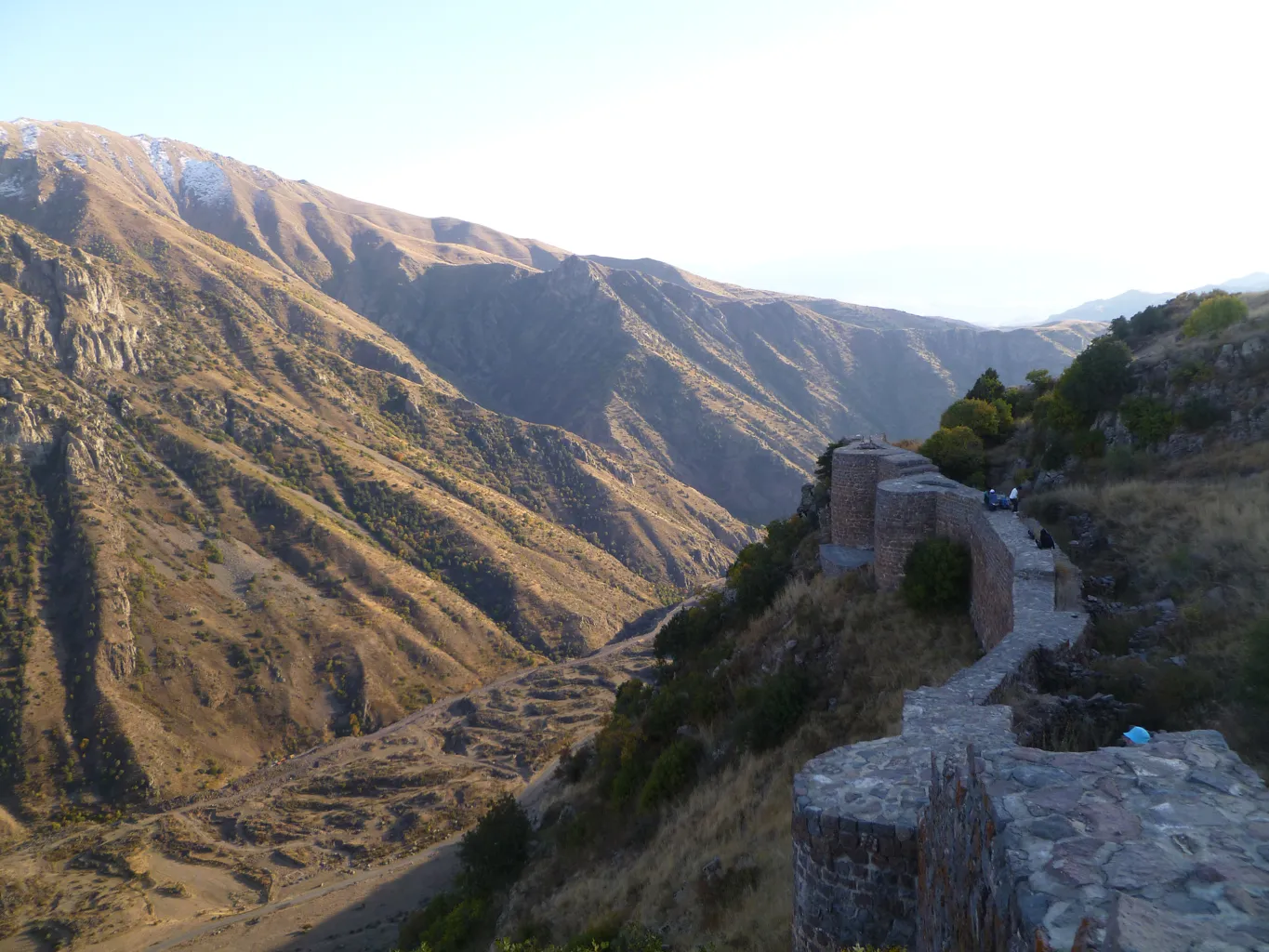
Conclusion
Smbataberd stands as a significant historical and architectural landmark in Armenia. Its strategic location, robust construction, and historical importance make it a subject of interest for historians, researchers, and archaeologists. Ongoing preservation efforts ensure that future generations can continue to learn from this remarkable fortress.
Sources:

